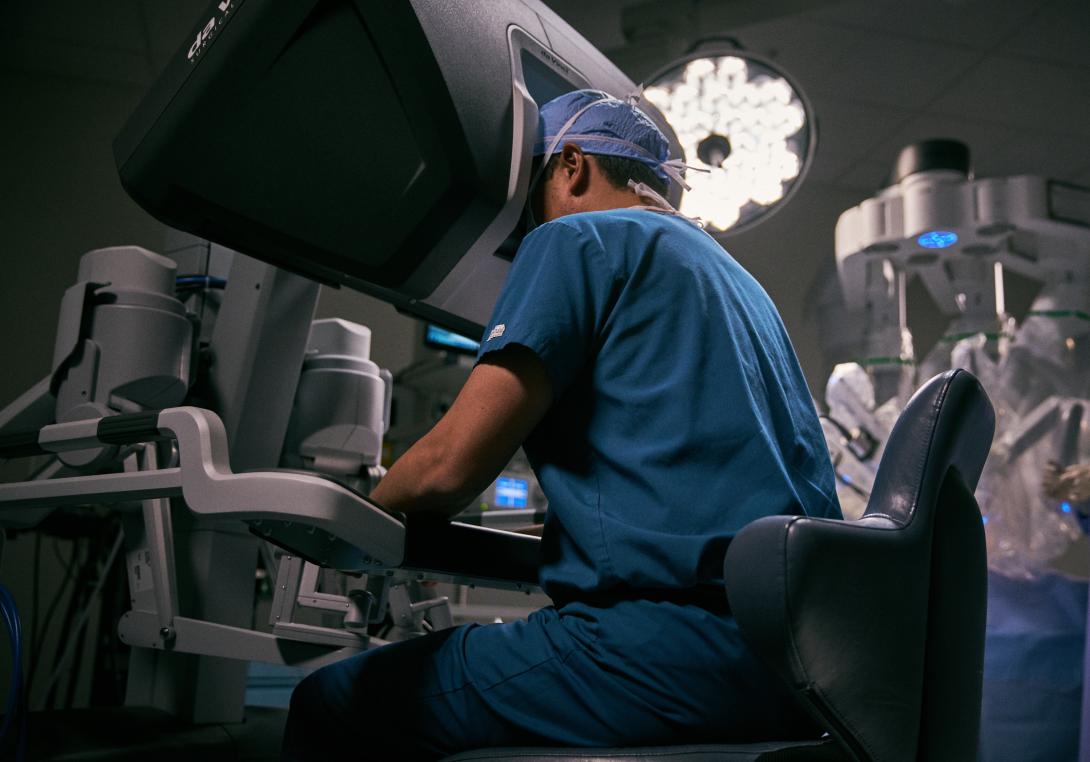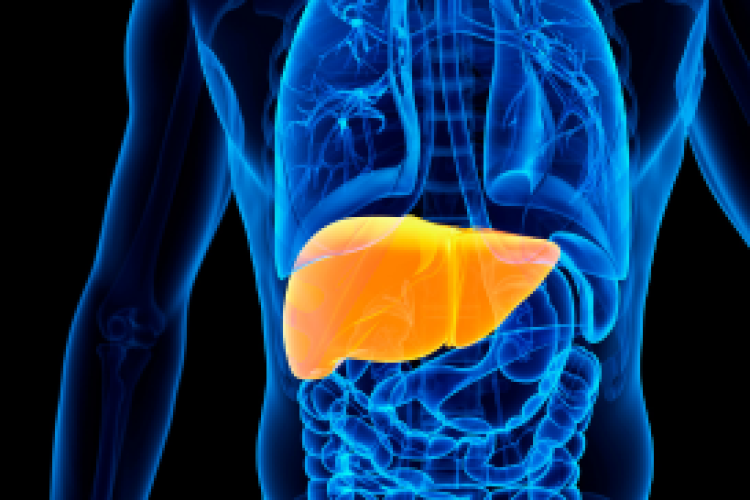
An estimated 25 percent of men and 3 percent of women develop a common type of hernia called an inguinal hernia at some point in their lives. Hernias tend to grow larger and cause symptoms over time, and most need to be surgically repaired. Many hernia patients can now be treated with robotically-assisted laparoscopic surgery, according to Lee Fleischer, M.D., F.A.C.S., Director of Surgery at Montefiore Nyack Hospital.
“Robotically-assisted surgery has a number of advantages over other types of hernia surgery, including a shorter recovery, less or no opioid medication, and a quicker return to normal activities,” Dr. Fleischer said.
What is a Hernia?
A hernia is a tear or defect in the abdominal wall that allows part of an internal organ such as the intestines to bulge out. An inguinal hernia occurs in the groin. You may be able to see the hernia, depending on its location and size.
A hernia may cause aching pain in the area; a feeling of pressure; a tugging sensation of the scrotum around the testicles; and pain that worsens with activities that add pressure to the area, such as heavy lifting, pushing and straining.
The doctor will diagnose a hernia by taking a medical history and performing a physical exam. The doctor may use imaging tests such as CT, MRI, or ultrasound to help diagnose a hernia.
Surgical Repair of Hernias
If the hernia is not causing symptoms, the doctor may recommend waiting to treat it. When symptoms start, the next step is to decide what type of surgery is best. This depends on the patient’s age and overall health, among other factors.
There are two types of hernia surgery: open surgery and laparoscopic surgery. Open surgery requires a larger cut to make the repair and has a longer recovery time.
At Montefiore Nyack Hospital, many patients are treated with robotically-assisted laparoscopic surgery, using the da Vinci Surgical System.
The da Vinci system has four robotic arms instead of a surgeon’s two arms. In contrast to regular laparoscopic instruments that are long, thin, straight, and don’t bend, the da Vinci robotic surgery system has multiple joints. “It can maneuver better than a human hand, wrist and fingers. It allows the surgeon to produce finer movements with more accuracy,” Dr. Fleischer said. “Because of this, the surgery is even less invasive than regular laparoscopic surgery. This means less pain for the patient and a shorter time for recovery.”
The surgery is minimally invasive, meaning the surgeon makes small cuts. The robotic surgical instruments and a laparoscope (a thin tube with a light and a camera lens) are inserted through the cuts. Sitting at the console, the surgeon uses the controls to perform the surgery.
Patients go home on the same day as the surgery. If they have a desk job, they can go back to work in a week. People with physically taxing jobs can usually go back in two weeks. Patients can drive several days after surgery.
“If you develop a hernia, there’s no reason to worry,” Dr. Fleischer said. “It’s easy to fix, and you’ll get back to your normal activities quickly.”
Highland Surgical Associates, located at One Crosfield Avenue, Suite 105, in West Nyack, offers patients a range of surgical treatments, from minimally invasive laparoscopic and robotic-assisted procedures to complex surgical care. To schedule a consultation, call 845-535-3362.



 Upcoming Events
Upcoming Events



